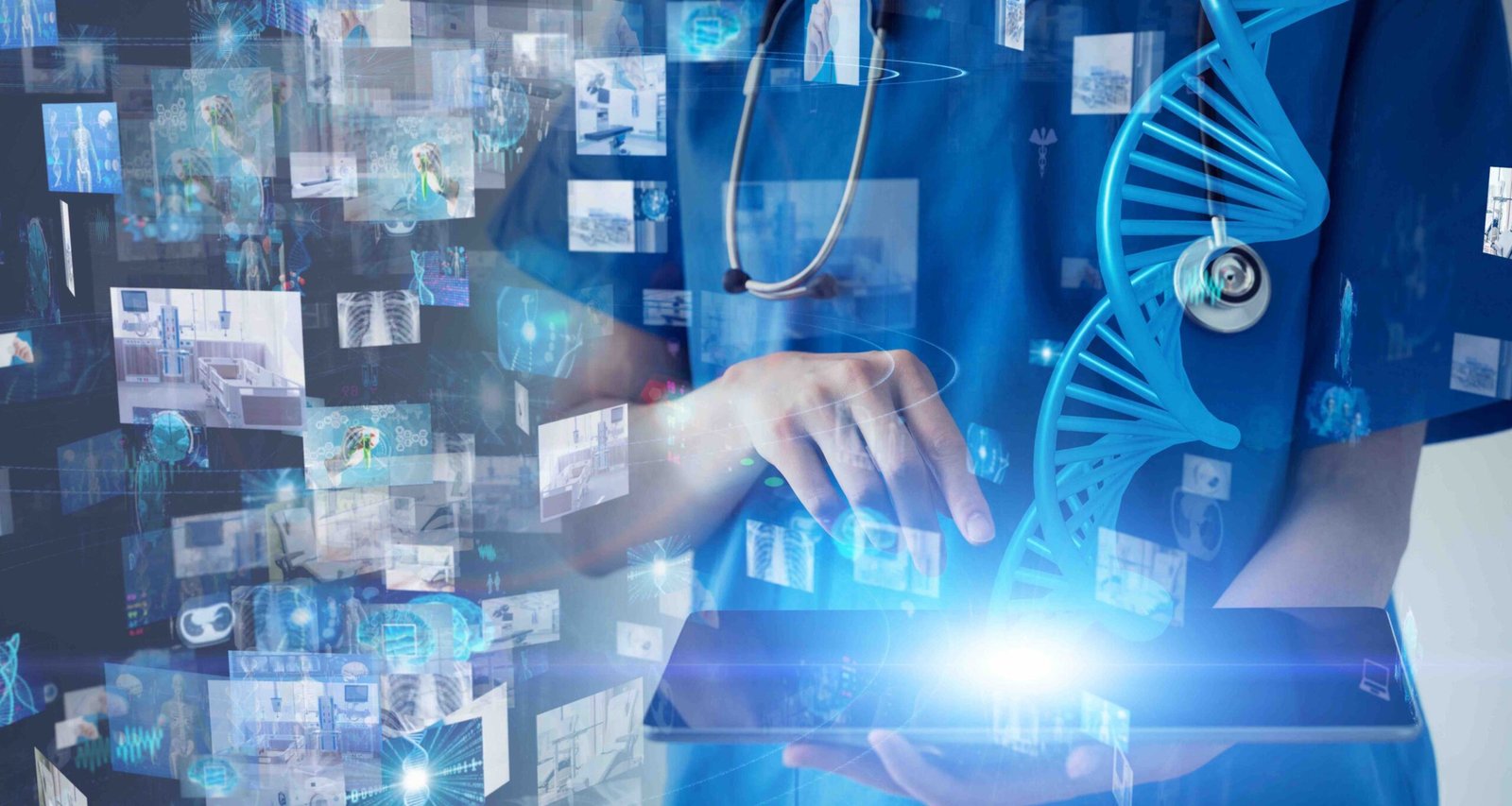Medical technology is constantly evolving, revolutionizing the healthcare industry and improving patient care. With each passing year, remarkable advancements are made in various fields of medicine, from diagnostic tools to treatment options. These breakthroughs not only enhance the accuracy and efficiency of medical procedures but also contribute to saving lives and improving overall healthcare outcomes. In this article, we will delve into some of the latest advances in medical technology that are shaping the future of healthcare.
- Artificial Intelligence (AI) in Medical Diagnostics
Artificial intelligence has emerged as a game-changer in medical diagnostics. With its ability to analyze vast amounts of data quickly and accurately, AI algorithms are aiding healthcare professionals in making more precise diagnoses. AI-powered systems can interpret medical images, such as X-rays, CT scans, and MRIs, with greater accuracy, reducing the chances of human error. Moreover, AI algorithms can recognize patterns in patient data, enabling early detection of diseases and suggesting appropriate treatment plans.
- Robotics in Surgery
Robotic-assisted surgery has gained significant popularity in recent years. Surgeons can now utilize robotic systems to perform complex procedures with enhanced precision, flexibility, and control. These robotic systems offer improved visualization, enabling surgeons to navigate intricate anatomical structures with greater accuracy. Robotic surgery minimizes invasiveness, resulting in smaller incisions, reduced blood loss, and faster recovery times for patients. The use of robotics in surgery has transformed various fields, including urology, gynecology, and cardiovascular surgery.
- Telemedicine and Remote Patient Monitoring
Telemedicine has revolutionized healthcare delivery, especially in remote areas where access to healthcare services can be challenging. The advancements in communication technology have paved the way for virtual consultations, where patients can seek medical advice remotely. Telemedicine allows healthcare providers to diagnose and treat patients without physical presence, reducing travel time and costs. Additionally, remote patient monitoring devices enable continuous tracking of vital signs and health parameters, providing real-time data to healthcare professionals for proactive intervention.
- 3D Printing in Medicine
3D printing has found its application in various medical fields, transforming the way healthcare professionals approach patient care. With 3D printing technology, custom-made medical implants, prosthetics, and anatomical models can be created, improving treatment outcomes. Surgeons can use 3D-printed models to plan complex surgeries, reducing risks and optimizing surgical precision. The ability to produce patient-specific implants and prosthetics has significantly enhanced patient comfort and functionality.
- Precision Medicine and Genomics
Advancements in genomics and molecular biology have paved the way for precision medicine. This approach focuses on tailoring medical treatment to an individual’s unique genetic makeup, allowing for more accurate diagnoses and targeted therapies. Genomic testing can identify genetic variations that may increase the risk of certain diseases, enabling early intervention and personalized treatment plans. Precision medicine holds great promise in improving patient outcomes and reducing healthcare costs.
- Nanotechnology in Medicine
Nanotechnology has opened up new possibilities in medicine, particularly in drug delivery and diagnostics. Nanomaterials can be engineered to target specific cells or tissues, improving the efficacy of drug therapies while minimizing side effects. Nanoparticles can also be used as imaging agents, allowing for earlier detection and more accurate monitoring of diseases. The integration of nanotechnology into medical practice holds immense potential for improving treatment outcomes and patient quality of life.
- Virtual Reality (VR) and Augmented Reality (AR) in Medical Training
Virtual reality and augmented reality technologies are being utilized to enhance medical training and education. Medical students and healthcare professionals can immerse themselves in virtual environments that simulate real-life medical scenarios, providing a safe and realistic learning experience. VR and AR can be used for surgical simulations, anatomical visualizations, and training in complex procedures, improving proficiency and confidence among medical practitioners.
- Internet of Medical Things (IoMT)
The Internet of Medical Things (IoMT) refers to the interconnected network of medical devices and systems that collect, analyze, and transmit healthcare data. IoMT devices, such as wearable sensors, smart implants, and remote monitoring systems, enable continuous patient monitoring, real-time data analysis, and early intervention. These interconnected devices enhance patient safety, enable remote patient care, and contribute to more efficient healthcare delivery.
- Blockchain in Healthcare
Blockchain technology offers secure and decentralized storage of healthcare data, ensuring privacy, integrity, and interoperability. Patient records, clinical trials, and medical research can be securely stored and shared among healthcare providers, improving data management and collaboration. Blockchain has the potential to streamline processes, reduce administrative costs, and enhance data security in healthcare.
Conclusion
The continuous advancements in medical technology are revolutionizing healthcare delivery, enhancing patient care, and improving outcomes. From AI-powered diagnostics and robotic-assisted surgeries to telemedicine, 3D printing, precision medicine, nanotechnology, VR/AR, IoMT, and blockchain, these innovations are shaping the future of medicine. Embracing these latest advances will enable healthcare professionals to provide more accurate diagnoses, personalized treatments, and remote healthcare access, ultimately leading to better patient experiences and improved health outcomes.



